Content
Thin mushroom is an interesting mushroom, the edibility of which is still hotly debated. Some believe that after processing it can be consumed, others classify the mushroom as a poisonous mushroom. To understand, you need to study the features of the species.
What does a thin pig look like?
The mushroom, which is also called dunka, pig's ear, pig's ear and cow's ear, can be recognized by its wide, fleshy cap, reaching 15 cm in width in adulthood.Photos and descriptions of thin pigs indicate that young thin pigs have a slightly convex cap, but gradually become flat and acquire a funnel-shaped depressed depression in the center. The edges of the cap are velvety, tightly curled. The color of the thin pig depends on age - young specimens are usually olive-brown and slightly pubescent, while adults have a reddish, rusty, ocher color. In adult specimens, the cap is shiny and without edging; as it ages, the color begins to fade.
The underside of the cap is covered with wide thin plates going down the stem. The plates are quite rare, can close together, forming a network, and are ocher-yellow in color. The leg of a thin pig can rise up to 9 cm above the ground, and reaches 1.5 cm in diameter. The shape of the leg is usually cylindrical with a slight narrowing at the bottom, with a dense structure.
The pulp is loose and soft when cut, yellowish in color, and quickly turns brown when exposed to air. Fresh thin pig does not have a specific smell or taste, which is why many mushroom pickers mistakenly perceive it as a completely safe forest species.
Description of the thin pig
The thin pig belongs to the Svinushkov family and is widespread throughout Europe and central Russia. It grows in both coniferous and deciduous forests; most often it can be found in birch groves, thickets of bushes, on the outskirts of ravines and swamps. It is also found in oak groves, on forest edges, under pine and spruce trees, and in the roots of fallen trees.
The mushroom prefers well-moistened soils, and usually grows in large groups—single thin pigs are less common. Peak fruiting occurs in late summer and early autumn.At the same time, the first pigs can be found already in June, and they continue to grow until October.
Is thin pig edible or not?
The question of the edibility of thin pigs is of great interest. Until 1981, the mushroom was considered conditionally edible - it was classified in the 4th category of edible species, defined as universal, and allowed to be salted, pickled and fried. It is for this reason that many mushroom pickers now refuse to “classify” a mushroom as poisonous, out of habit continuing to put it in the basket.
However, modern science adheres to a very definite opinion. In 1981, the Ministry of Health officially removed the thin pig from the list of edibles. In 1993, it was classified as a poisonous mushroom and remains there to this day.
The basis for such changes were the results of recent research by mycologists. Toxic substances were found in the pulp of the thin pig: muscarine, hemolutin and hemolysin. During heat treatment, these compounds are not destroyed or partially destroyed, so they accumulate in the body over time.
When eating thin pork mushrooms, at first glance, the body does not suffer any harm - provided that the mushrooms are prepared fresh. Instant poisoning does not occur, but the toxic compounds present in the pulp remain in the blood and tissues. If you eat thin pork often, then over time their concentration will increase.The negative impact of toxins will manifest itself in the formation of antibodies in the blood, causing the destruction of red blood cells. This process will lead to a drop in hemoglobin levels, and subsequently to severe damage to the liver and kidneys. Thus, a person will develop anemia or jaundice, the cause of which will be pigs that seem harmless at first glance.
Thus, thin pig mushrooms are classified as definitely inedible and are not recommended for consumption. If a person’s liver and kidneys are healthy, then a single use of the mushroom will not cause any bad consequences, but repeated use will inevitably worsen the health condition.
Similar species
There are no frankly dangerous poisonous doubles for the thin pig. It can be confused mainly with mushrooms of the same species - alder and thick pig.
Fat pig
The species are very similar in color and structure. However, their differences are also very noticeable - the fat pig, as can be understood from the name, is somewhat larger. The diameter of the cap of an adult mushroom can reach 20 cm, and the stem usually grows up to 5 cm in diameter.
Contrary to popular belief, the fat type is also classified as inedible. It has a similar chemical composition and is harmful to health, so it cannot be used as food.
Alder pig
This rather rare mushroom also resembles a thin pig mushroom in its color, size and shape of the stem and cap.But the red color of the alder variety is usually brighter, and moreover, pronounced scales are noticeable on the cap. Mushrooms also differ in where they grow - the alder mushroom grows under aspen and alder trees, but you cannot find it in random places, like a thin pig.
The alder variety also belongs to the category of poisonous mushrooms, and after its consumption, intoxication develops very quickly. The concentration of muscarine in the composition is higher than in fly agarics - negative symptoms can appear within half an hour after using the mushroom as food. It is highly not recommended to confuse an alder pig with a thin one - the consequences can be critical.
Polish mushroom
Sometimes an edible Polish mushroom is mistaken for a thin pig. The similarity lies in size and color, but it is easy to distinguish them from each other - the Polish mushroom has a convex cap, without a depression in the center, and on the lower side its surface is spongy, not lamellar.
Variegated moth fly
Another edible mushroom due to inexperience can be confused with a toxic pig. The motley flywheel has a fleshy cap up to 10 cm in diameter on average; its light brown color can look like a thin pig. But the cap of the mushroom, regardless of age, remains flattened and convex - no depression appears in its center. In addition, on the underside of the cap there are not plates, but thin tubes.
Application
Official science and the Ministry of Health clearly classify the thin mushroom as a poisonous mushroom and prohibit its consumption as food. But, despite this, some mushroom pickers adhere to their opinion and continue to believe that in small quantities the species is safe for health. However, even they follow certain strict rules in application:
- Thin pork is never consumed raw - a fresh specimen contains the maximum amount of toxic compounds and causes the greatest harm to health.
- Before use, the mushroom is soaked in salt water for at least 3 days. In this case, the water needs to be changed to fresh every few hours.
- After soaking, the thin pork is thoroughly boiled in salted water; it also needs to be replaced until it stops darkening and becomes light.
For food consumption, the mushroom is usually salted - salt additionally reduces the concentration of harmful substances in the pulp. It should not be fried, dried or pickled; it should not be taken from the forest immediately after boiling without additional processing.
What to do if you eat thin pork
The toxins in the poisonous mushroom, thin pig, affect the human body individually. Immediately after deliberate or accidental use of the mushroom, some people feel normal, while others quickly notice a deterioration in their well-being. Poisoning can occur in a short time due to the fact that the pulp of this mushroom accumulates heavy metals and radioisotopes very well. If mushrooms are collected in a polluted area, the concentration of toxic substances in them will be 2 times higher than in the soil.
Intoxication after eating a mushroom is manifested by traditional symptoms, which include:
- abdominal pain;
- diarrhea and severe nausea;
- feverish condition and increased temperature;
- decrease in blood pressure.
If there are signs of acute poisoning, you must urgently call a doctor, and before his arrival, drink more water and try to induce vomiting - in this case, some of the toxic substances will leave the body.
The situation is more complicated with the elimination of long-term consequences from eating an inedible mushroom. In fact, it is not possible to remove toxic substances from the body, otherwise this species would not be considered such a dangerous product. First of all, it is recommended to undergo laboratory tests from time to time and monitor the number of red blood cells and the level of hemoglobin in the blood.
If important indicators decrease, it is recommended to consult a doctor to prescribe therapeutic treatment. Usually, when the blood composition deteriorates, antihistamines are used to reduce the severity of the body's autoimmune reaction. In severe cases, steroid hormones are used, they slow down the process of destruction of red blood cells, and the severity of negative consequences is reduced.
Therefore, when collecting and processing mushrooms, you need to very carefully determine their species and try not to confuse an inedible mushroom with similar species.
Conclusion
Thin mushroom is an inedible mushroom with rather insidious properties. The consequences of poisoning do not appear immediately, but are very serious, so it is not recommended to neglect them.
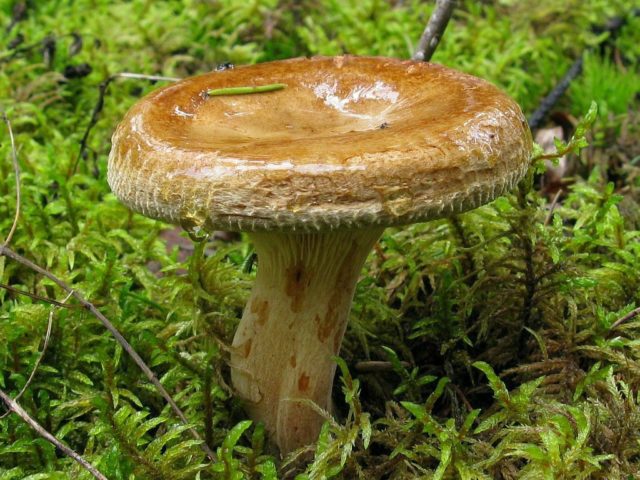
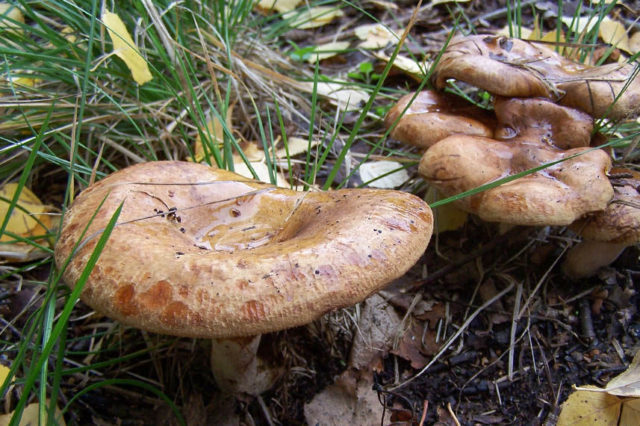

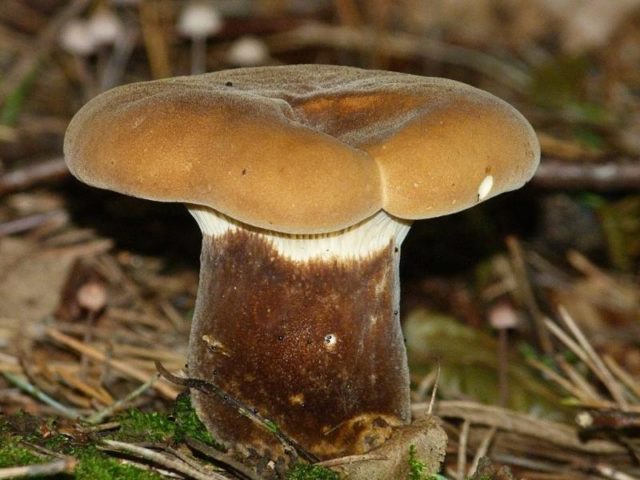

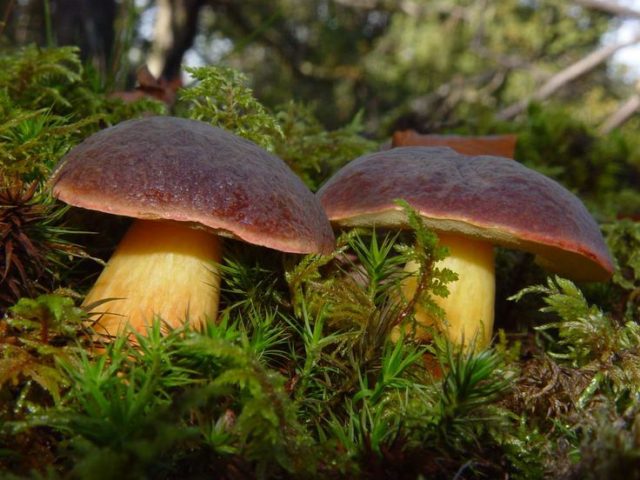
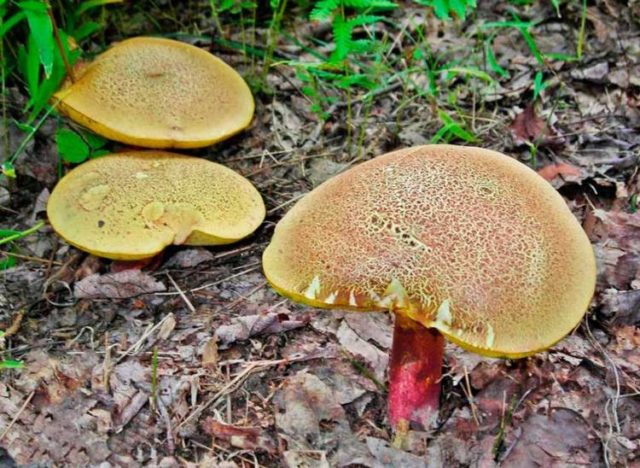
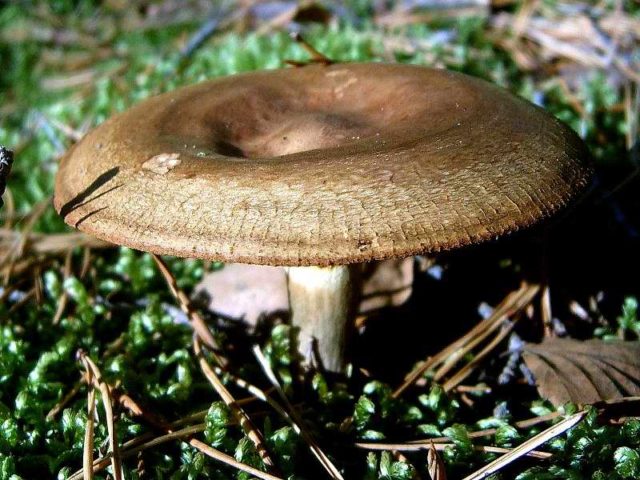
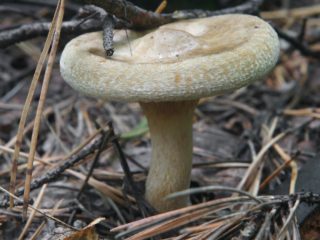
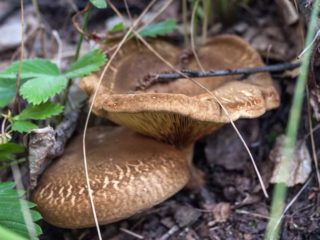
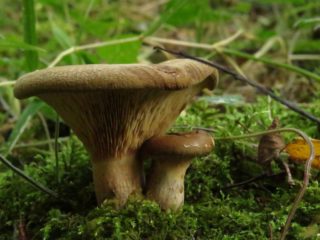


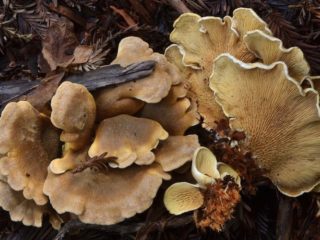
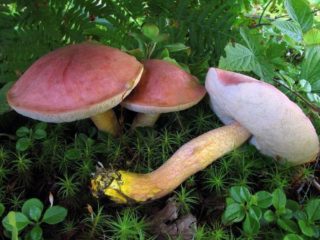

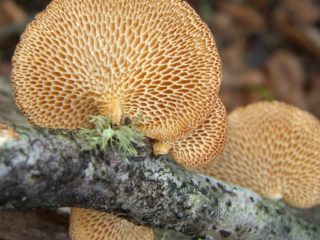
I am a mushroom picker with 55 years of experience. All my life I have been collecting and eating thin pork (in my small homeland it is called “dunka”), and I am still alive. I’m not agitating anyone, but I don’t need to be agitated either. I only know that you can be poisoned to death by milk mushrooms or milk mushrooms if you prepare them incorrectly - I know of such cases. In fact, there are much fewer poisonous mushrooms than mycologists claim.